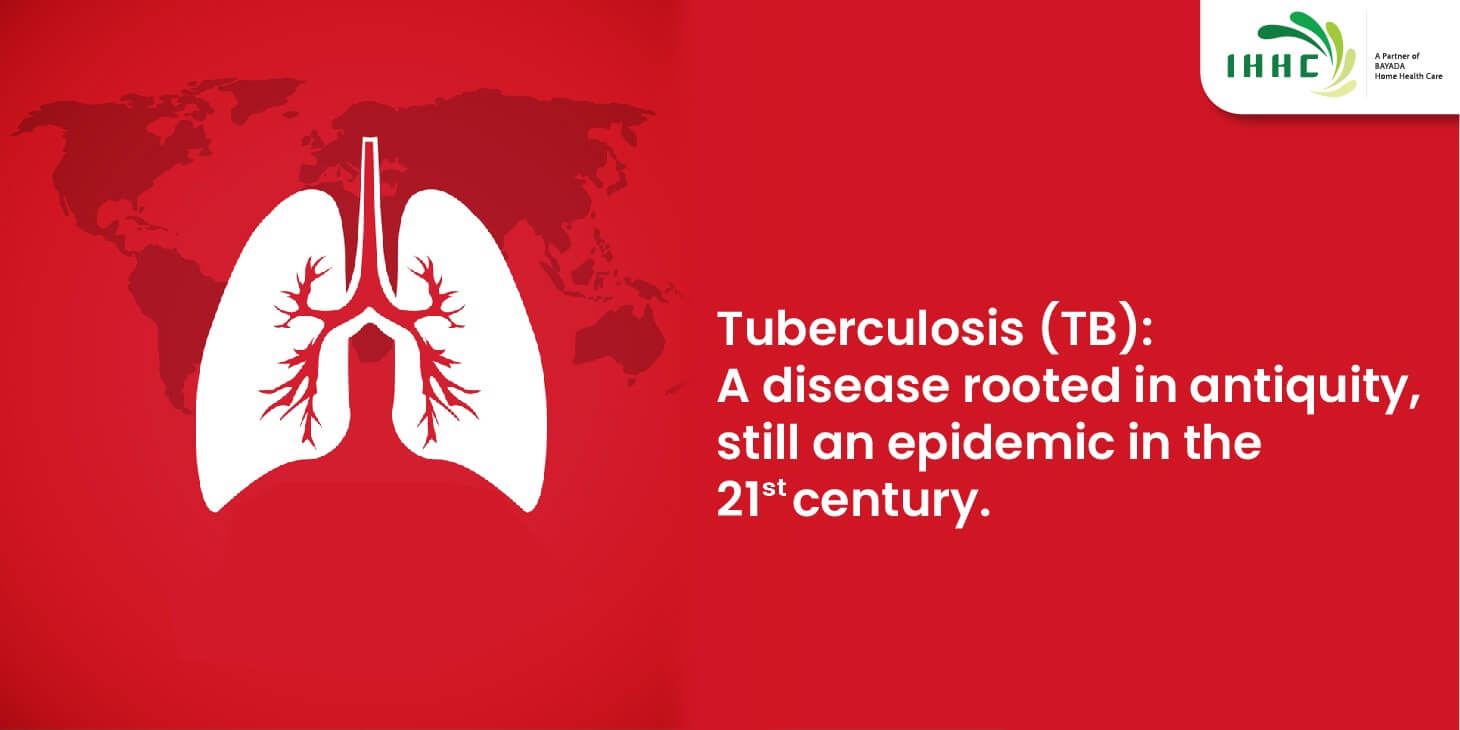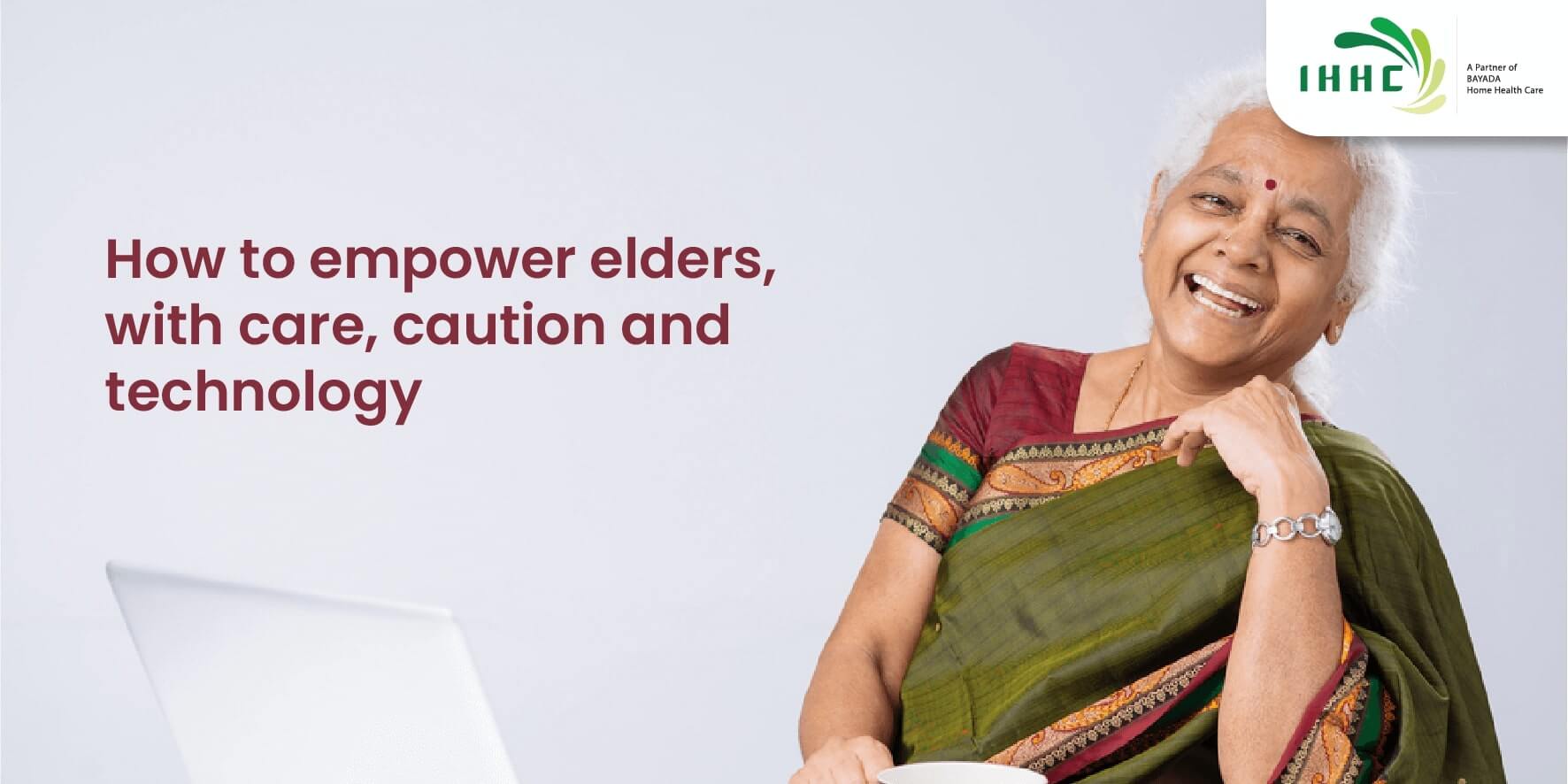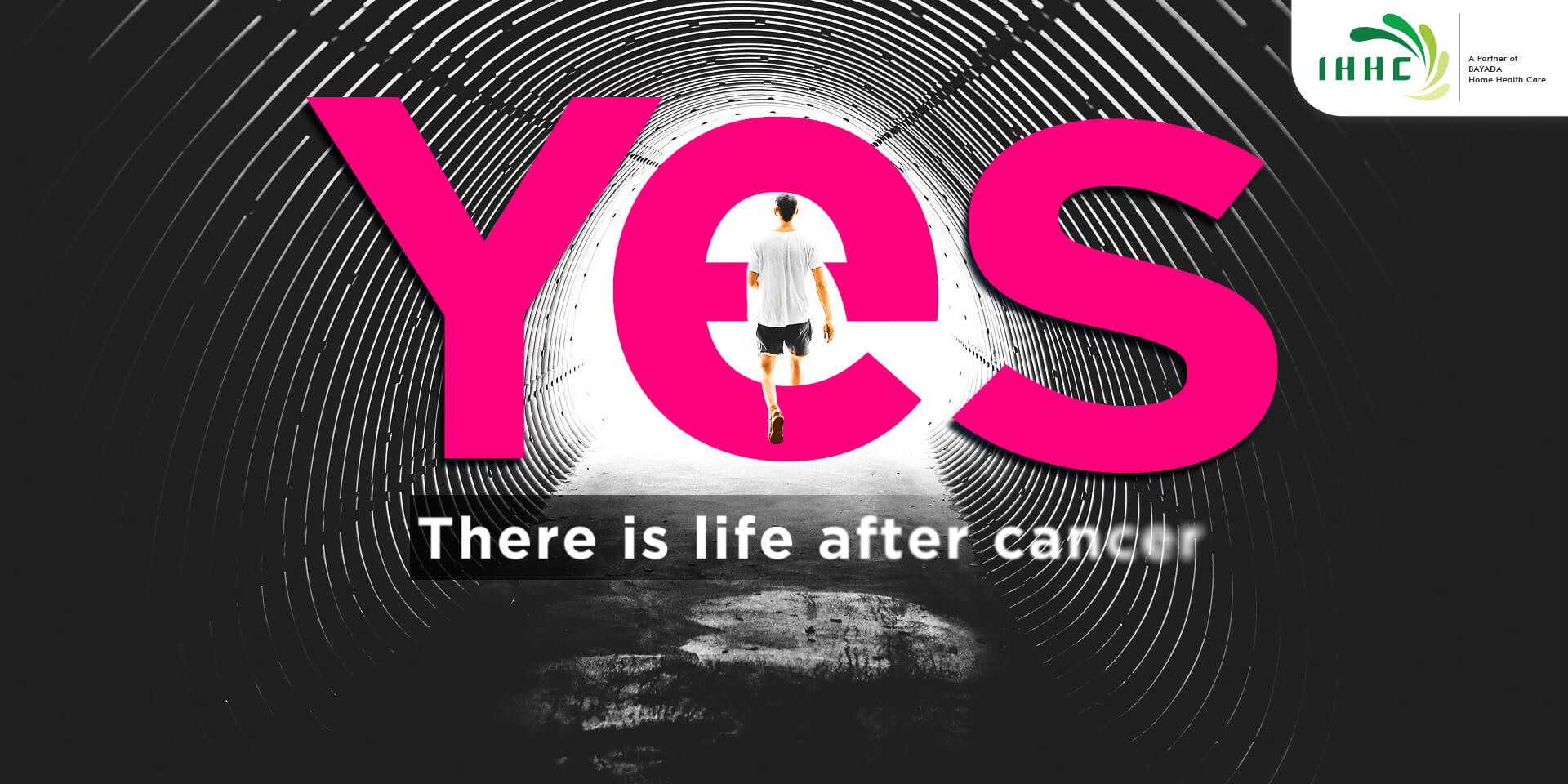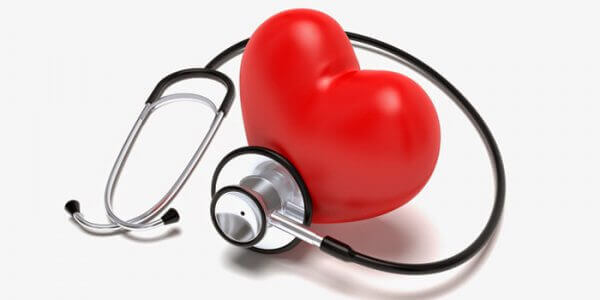Is there a need for home healthcare in India?
“Stopping TB requires a government program that functions every day of the year, and that's hard in certain parts of the world. And partly it's because of who tuberculosis affects: It tends to affect the poor and disenfranchised most.” - Thomas R. Frieden. Infectious disease and public health expert, former director of the U.S. Centers for Disease Control and Prevention (CDC).
This, unfortunately is true, especially in India. Compared with other diseases caused by a single infectious agent, tuberculosis is the second biggest killer, globally.
A historical perspective
Tuberculosis, known variously as consumption, phthisis, and the great white plague, has long been associated with poetic and artistic qualities in its sufferers, and hence was also known as "the romantic disease".
Major artistic figures such as Keats, Shelley, Edgar Allan Poe, the composer Frederic Chopin, the playwright Anton Chekhov, the novelists Franz Kafka, Katherine Mansfield, Emily Brontë and W. Somerset Maugham, to name just a few, either had the disease or were surrounded by people who did. It was felt that tuberculosis assisted artistic talent, as witness the number of great artists who were affected.
Tuberculosis (TB) is a disease caused by bacteria called Mycobacterium Tuberculosis. This bacteria usually attacks the lungs, but has also been known to damage other parts of the body including the brain, the spine and the kidneys. TB is an air borne disease and spreads through the air when a person with TB of the lungs or throat coughs, sneezes, or talks. You are more likely to get TB if you suffer from a weak immune system. You should go to your doctor for tests if you have been exposed. Skin tests, blood tests, x-rays, and other tests can diagnose TB. If not treated in time, TB can be fatal. Active TB can be cured by a cocktail of drugs, administered over an extended period of time.
TB can strike anyone…
TB struck Anil…who thought he had the flu. He got the chills. Felt tired all the time. Lost his appetite. After a month of night sweats, chest pain, persistent cough, and losing weight, Anil went to the doctor. After more weeks of doctor’s visits and exams, and symptoms that got progressively worse, he was hospitalised. Finally the diagnosis came in: he had TB.
As Anil said “…they said, we think, you have tuberculosis. There I was, lying there on the stretcher and I laughed out loud! I told them that nobody gets tuberculosis. Not anymore! And they said, well, we think you have it.”
Anyone can get TB. People with TB can be found in every state; in rural areas and cities; in schools, workplaces, homes; in a whole host of places where people come in close contact with each. Learn to recognize the symptoms of TB so you can find out if you are at risk.
Two types of TB: Latent TB Infection and TB Disease
The TB bacteria is spread through the air, from person to person, when a person with TB disease coughs or speaks. People may breathe in this bacteria and become infected.
Latent TB infection
When the TB bacteria lives in the body without making you sick, it is known as latent TB infection. Most people who become infected are able to fight the bacteria and stop it from growing. People with latent TB infection:
- Do not feel sick
- Do not have any symptoms
- Cannot spread TB bacteria to others
TB Disease
If the TB bacteria becomes active in the body and multiplies, the person will go from having latent TB infection to having the disease. That’s why, people with latent TB infection are prescribed treatment to stop them from developing TB disease.
TB symptoms:
- A bad cough that lasts three weeks or longer
- Chest pain – not to be confused with angina pains
- Coughing up blood or sputum (mucus from deep inside the lungs)
- Weakness or fatigue
- Weight loss
- No appetite
- Chills
- Fever
- Sweating at night
Treatment
Most TB cases can be cured with the right medication and treatment. The precise type and length of antibiotic treatment will depend on:
- A person's age
- Overall health
- Resistance to drugs
- Whether the TB is latent or active
- Location of the infection (i.e., the lungs, brain, kidneys)
People with latent TB may need just one kind of antibiotic, whereas people with active TB (particularly MDR-TB) will often require a cocktail of multiple drugs. Antibiotics are usually required to be taken for a relatively long time. A course of TB antibiotics lasts about six months. And needs to be adhered to consistently.




